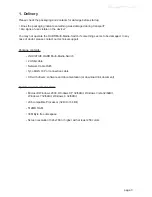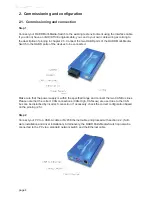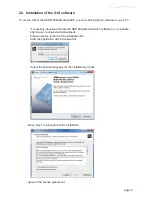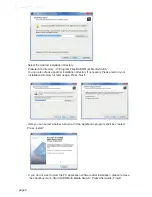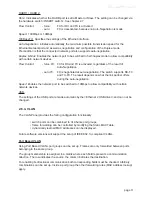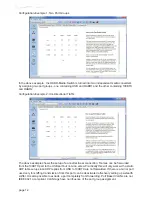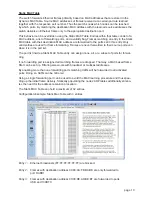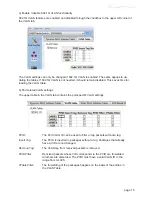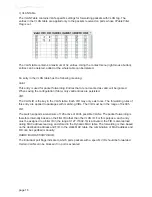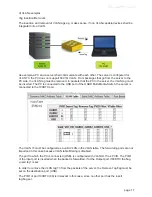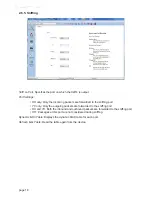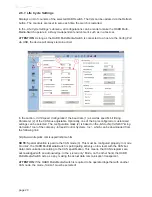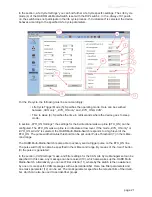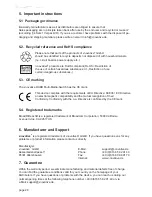
page 13
Static MAC Table
The switch forwards Ethernet frames primarily based on MAC addresses that are stored in the
Dynamic MAC Table. Source MAC addresses of frames received at a certain port are learned
together with the respective port number. Thus the switch knows which nodes can be reached
by which ports. By matching the destination MAC address with the learned source addresses the
switch delivers an Ethernet frame only to the appropriate destination port.
This behavior can be overridden using the Static MAC Table. Entries within that table consist of a
MAC address, a list of forwarding ports, and a validity flag. Frames matching an entry in the Static
MAC table with their destination MAC address are forwarded to the ports set in this entry. Only
valid entries are used for frame forwarding. Frames are never forwarded to their source port even
when it is in the port list.
The port list inside a Static MAC Table entry can assign none, all, or a subset of ports for forwar-
ding.
If no forwarding port is assigned all matching frames are dropped. That way a MAC based frame
filter can be set up. Filtering also works with broadcast or multicast addresses.
By enabling more than one forwarding ports matching traffic will be forwarded to all activated
ports. Doing so, traffic can be mirrored.
Using a single forwarding port can be used to avoid the MAC learning procedure and thus spee-
ding up the initial frame delivery. Statically populating the nodes‘ ARP tables additionally elimina-
tes the need for the address resolution procedure.
The Static MAC Table can hold a maximum of 32 entries.
Configuration-Exemple: Static Mac Table with 3 entries
Entry 1:
Ethernet broadcasts (FF:FF:FF:FF:FF:FF) are blocked.
Entry 2:
Frames with destination address 00:80:CA:FE:BA:BE are only forwarded to
port OABR1.
Entry 3:
Frames with destination address 00:90:DE:AD:BE:EF are forwarded to ports
USB and 100BTX
Summary of Contents for 2-Port OABR Multi-Media-Switch
Page 27: ...page 27 ...



